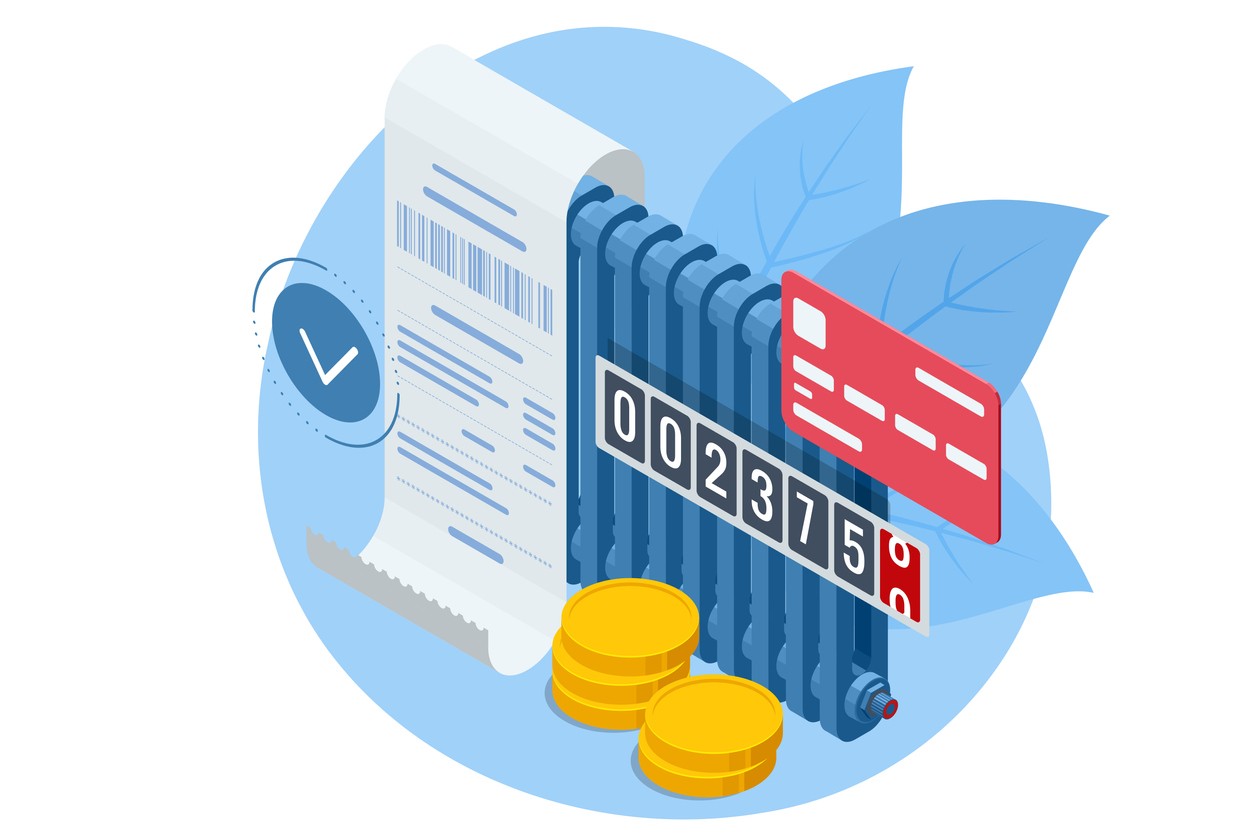As Spring Power & Gas customers peruse the breakdown of charges on their gas and electric bills, a common question arises: What is a utility tariff? Whether you’re a homeowner looking to streamline your household expenses or a business owner keen on efficiently managing operational costs, grasping the nuances of itemized charges is crucial.
Our comprehensive guide will demystify utility tariffs, offering clarity and insight for our valued customers. We aim to help you better manage your utility costs and make informed decisions that align with your energy usage.
What Are Utility Tariffs (And How Are They Different from Utility Rates)?
To better understand your utility bill, it’s helpful to know what a utility tariff is and how it differs from a utility rate, as the two charges are commonly mistaken for being the same. Fundamentally, a utility tariff is a pricing structure established by utility providers or regulatory bodies. The tariff sets the rates for essential services like electricity and gas, representing factors like costs of production and distribution and the impact of various regulatory policies.
On the other hand, you may ask, “What is the difference between a tariff and a rate?” Rates are a part of the overall tariff structure, explicitly referring to the price per unit of utility consumption (like per kWh of electricity or cubic meter of gas). While rates indicate the cost per unit, tariffs encompass the broader pricing framework, including additional fees.
As a Spring Power & Gas customer, you may also want to know what an electricity tariff is or wonder about tariffs on natural gas. Let’s take a closer look.
What Is a Tariff on an Electricity Bill?
A tariff on an electricity bill refers to the structured pricing plan that determines the cost of the electricity service provided to consumers. Tariffs require government approval before being implemented with customers.
This tariff is not a single rate but combines various charges that define how much you pay for electricity usage. These costs typically include:
- Fixed Charges: These consistent charges appear on the bill regardless of the electricity used. They contribute to covering the utility’s fixed costs, such as infrastructure maintenance and administration.
- Variable Charges: This portion depends on your electricity consumption, measured in kilowatt-hours (kWh). The more electricity you use, the higher these charges will be.
- Time-of-Use Rates: In some regions, use costs may vary depending on the time of day, with higher rates during peak demand hours and lower rates during off-peak times. This structure can significantly affect your energy bill, especially if you consume much of your electricity during peak times.
- Seasonal Variations: Tariffs can also change seasonally. For instance, during summer or winter, when the electricity demand is typically higher due to heating or cooling needs, tariffs might increase, resulting in higher energy bills.
- Taxes and Levies: The electricity tariff may include various taxes and government levies. These can range from environmental taxes to charges supporting renewable energy initiatives.
Look for these key components to read and understand your utility bill. Compare the variable charges with your actual electricity usage to ensure accuracy.
Also, look for changes in the fixed charges or tariff rates, as these can affect your monthly expenses. Becoming more familiar with your utility bill’s structure helps you spot discrepancies and plan your energy consumption more efficiently.
What Is a Tariff on Natural Gas?
Similar to electricity, a natural gas tariff is a combination of several charges that make up the total cost of natural gas usage. The structure of natural gas tariffs often mirrors that of electricity tariffs, with some distinct elements:
- Fixed Charges: These are the baseline fees on the natural gas bill, covering pipeline maintenance and administrative expenses.
- Commodity Charges: These charges fluctuate based on the actual usage of natural gas, measured in volume (like cubic feet or meters).
- Taxes and Regulatory Fees: Natural gas tariffs may include various taxes and regulatory fees like electricity tariffs.
Both electricity and natural gas tariffs are subject to regulation by government agencies or independent regulatory bodies. These authorities ensure that the tariffs are fair and reflect the true cost of providing these services, balancing the needs of the utility providers and the consumers.
How Are Utility Tariffs Determined?
Understanding how utility tariffs are determined, particularly for electricity and natural gas, is crucial for consumers. Let’s examine how electricity tariffs work and what the tariff is for electricity consumption and natural gas usage. Consider these factors:
Cost of Production and Infrastructure
Infrastructure and production costs for electricity generation cover fuel, maintenance, and technology, along with the costs of maintaining and upgrading the electrical grid. In the natural gas sector, these costs include extraction, processing, and transportation. Generally, as these expenses rise, tariffs increase.
Market Demand and Fluctuations
Electricity and natural gas tariffs are closely tied to their respective market conditions. For electricity, increased demand can lead to higher tariffs, reflecting the costs associated with meeting additional consumption. Similarly, global market dynamics influence natural gas prices, including geopolitical events, supply disruptions, and overall global demand.
Environmental and Regulatory Factors
Environmental regulations, whether aimed at reducing carbon emissions or promoting renewable energy, significantly influence the cost of electricity production and, consequently, the tariffs. Environmental policies and regulations in the natural gas sector are key factors in determining tariffs. These policies can cover a range of measures, from taxes to subsidies, all geared toward ensuring environmental compliance and supporting sustainability initiatives.
Turn to Spring Power & Gas for Your Utility Needs
You understand what a utility tariff is; now it’s time to join Spring Power & Gas for sustainable, cost-effective energy solutions. We align your electricity and natural gas usage with eco-friendly practices through Renewable Energy Certificates and carbon offsets, reducing your environmental impact.
As our customer, you’ll get $25 in Reward Dollars monthly for various uses, including exclusive deals and gift card giveaways. Access your rewards anytime, and explore our Energy Plans online for a greener, cost-efficient future. Contact us today to get started.





